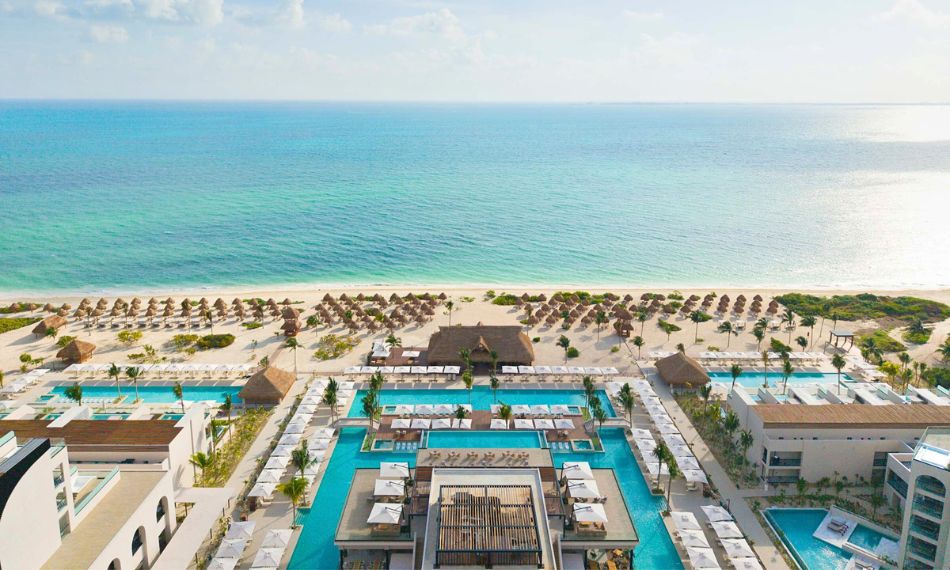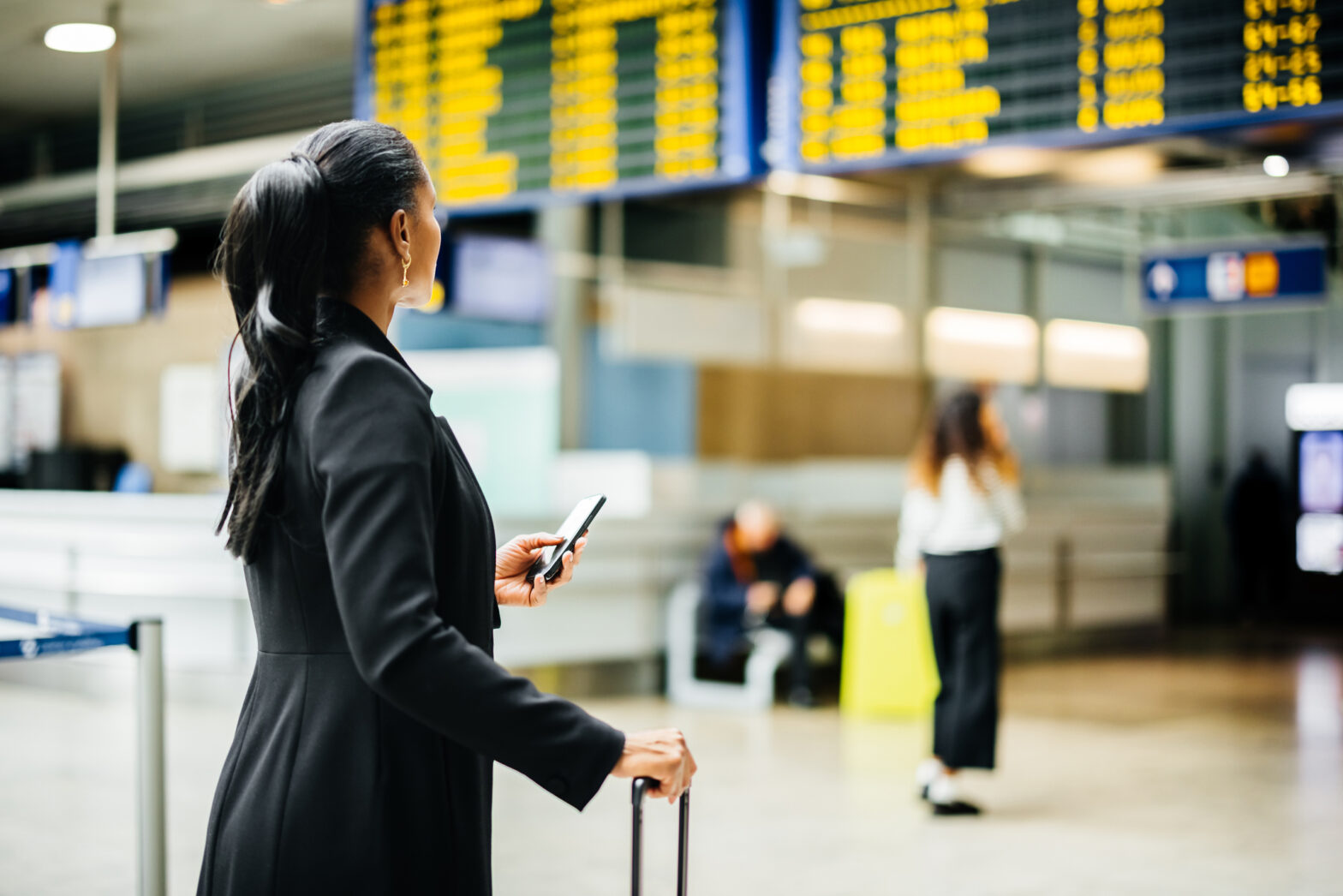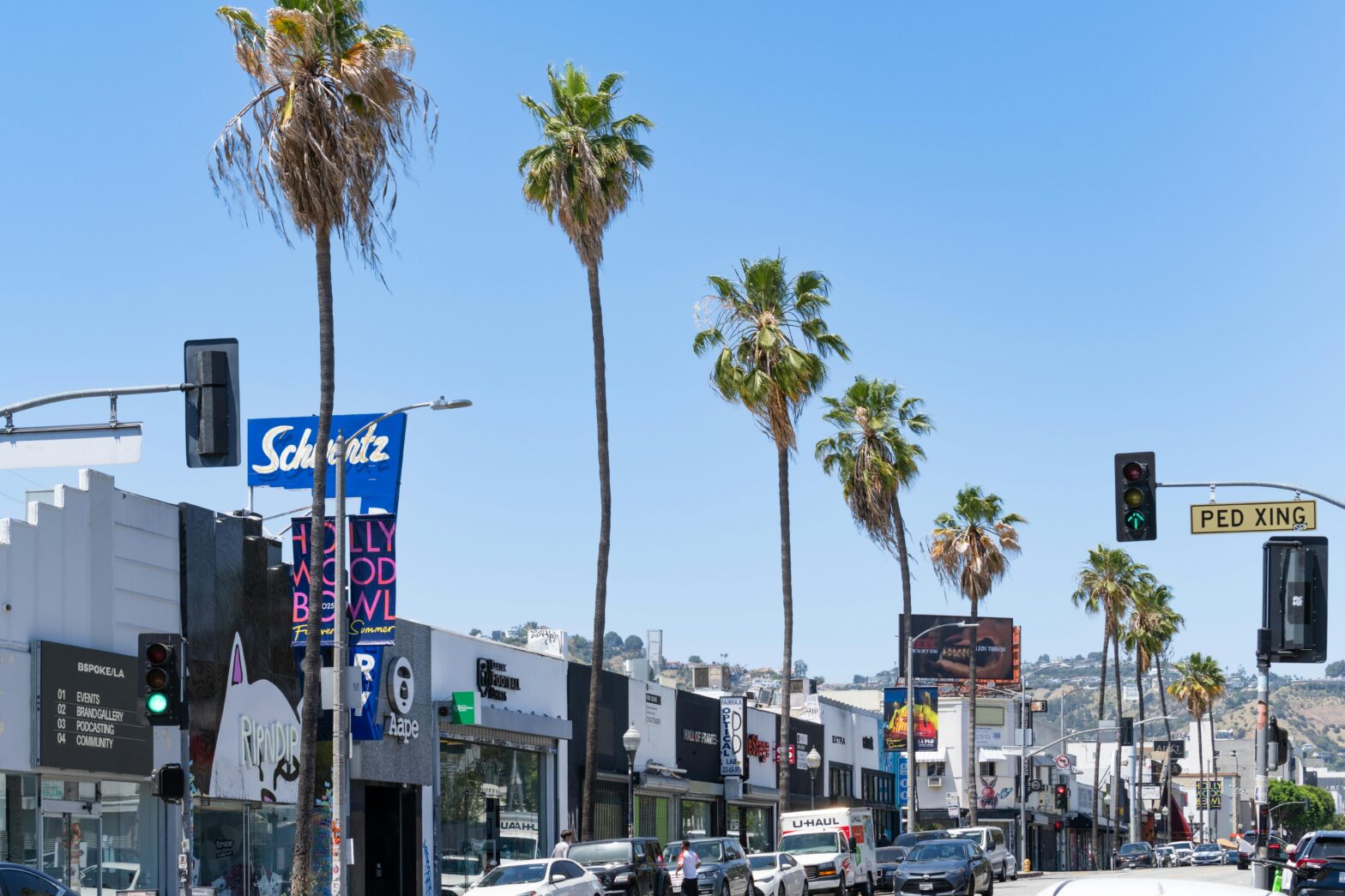Travelers worried about their privacy and biometrics being in the hands of the Transportation Security Administration (TSA) can opt out of being screened by facial recognition technology at airports.
While facial recognition may be a standard part of the TSA experience for some, experts note essential considerations to remember. For instance, lawyer and former Privacy and Civil Liberties Oversight Board member Travis LeBlanc told Huff Post that travelers “don’t have to submit [their] picture to the government, for the government to scan it and store it under their rules.”
“TSA is part of the Department of Homeland Security, which is also responsible for immigration enforcement. There’s lots of different uses that you could see for these images,” he added.
Meanwhile, Saira Hussain, senior staff attorney at the Electronic Frontier Foundation, said that people declining the TSA facial scans could impact the screening measures rolled out next.
Less participation could prompt the TSA to consider “whether it’s actually effective to roll out programs like these,” said Hussain. “If there’s no pushback, then [TSA is] just going to keep instituting more and more invasive techniques.”
What Else Should I Know About The Screening Method?
The TSA’s facial recognition security screening technology is only available at select airports. To undergo the screening method, you walk up to a Travel Document Checker podium and have the technology snap a photo of your face. The person’s facial features and identification, such as a passport or ID with your picture, will be screened to verify that you’re the same person.
The TSA emphasizes that undergoing its facial recognition screening is optional for those passing through security. The governmental agency claims to be updating the screening technology to provide “clear language that notifies travelers they may decline having their photo taken.” The TSA also notes that TSOs, aka Transportation Security Officers, are to “show each traveler respect and ensure their privacy is protected.”
The agency claims that the “photos are not stored or saved after a positive ID match has been made, except in a limited testing environment for evaluation of the effectiveness of the technology.” Moreover, the TSA states that photos taken during the facial recognition process “will not be used for surveillance or any law enforcement purpose.”
“[The] TSA is committed to protecting traveler privacy, civil rights, civil liberties and ensuring the public’s trust as it seeks to improve the traveler experience through its exploration of identity verification technologies,” the agency adds.
How Do I Opt Out Of TSA Facial Recognition Security Screening?
On its website, the TSA says travelers who opt out of the facial recognition technology process are allowed to do so “without recourse.” The traveler can decline the photo being taken, and then they should be offered an “alternative identity verification process.” The alternative option shouldn’t pose an issue, nor should it take longer to pass through or cause the person to lose their place in line.
U.S. Customs and Border Protection (CBP) also implements facial recognition screening, which people can opt out of. After requesting not to submit a facial photo, a CBP Officer should offer an alternative processing method.
Travis LeBlanc was formerly a member of the Privacy and Civil Liberties Oversight Board, an independent governmental agency established “to protect the nation from terrorism [and] appropriately safeguard privacy and civil liberties.” HuffPost reported that LeBlanc is suing the U.S. government over his firing from the oversight board. He was reportedly one of three Democratic board members who were fired under the Trump administration.





